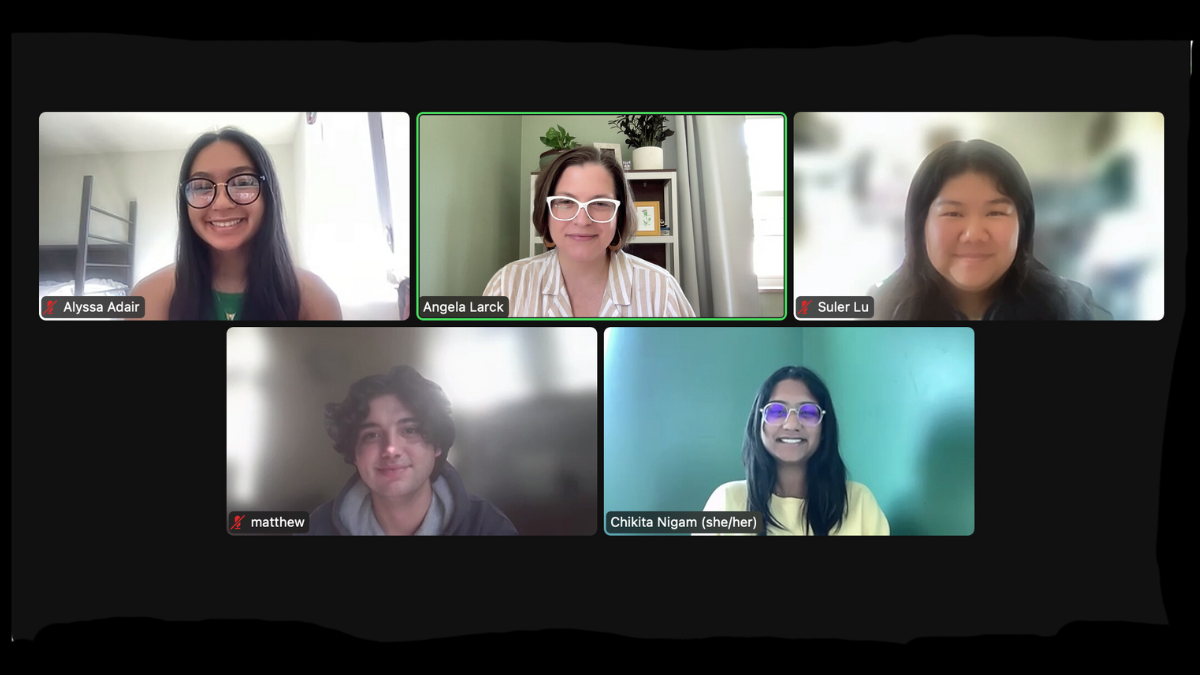*Note: This is a Flash Poll takeover! Four students at the University of Washington studying Global Environmental Politics crafted this poll and the poll report, along with all communications and graphics.
From April 23rd through May 10th, we contacted the EcoRight community, asking Hot Questions About Hot Weather. This included what health consequences one has experienced related to exposure to hotter climate conditions. The above pie chart is a culmination of the answers. Visibly, over 70% of respondents have experienced some type of health consequence from feeling the hot weather.
We asked… would you support a policy proposal that incentivizes environment-friendly infrastructure projects (like green garden roofs and enhanced tree cover) in your areas to combat local heat effects?
Sustainable Infrastructure is a climate initiative that allows government-funded climate-friendly infrastructure to be built. Typical focus areas include public transportation, water, and resource infrastructure, and the development of electric vehicles. Most individuals, despite political stances, strongly support the idea of urban green projects in their areas, increasing the amount of green space being created and aided.
Globally, those living in areas susceptible to climate change are expected to experience an additional 150,000-250,000 deaths per year. As heat levels rise, health concerns continue to increase in multiple demographic regions. The West region shows the highest impact in terms of respiratory effects (28.2%) and dehydration/water shortages. This suggests problematic environmental factors such as bad air quality, including wildfire smoke, and water shortages, including droughts. The South region shows the highest instances of overheating (27.1%), which could be attributed to higher temperatures and humidity. The Midwest shows a higher impact on chronic diseases (13.3%) but also the highest percentage of people reporting no effects (37.8%), indicating a mixed impact of climate conditions on health in this region.
We asked… would you support a policy proposal that incentivizes environment-friendly infrastructure projects (like green garden roofs and enhanced tree cover) in your areas to combat local heat effects?
A typically polarized area of public policy concerns is how to prioritize environmental preservation. One widespread agreement between many members is that the current emission rate of carbon dioxide is simply too high. As for the result, all four political positions leaned toward the nation shifting to cleaner renewable energy sources.
Here are shared thoughts and opinions from republicEn members on the subject:
-
-
- “To put it into perspective, when we were experiencing a hot portion of the summer last year, someone said that in 15-years we will remember that as the coolest summer we can recall.” – Mark M. from Kentucky
-
-
-
- “The obvious and REAL changing weather patterns all over the World demands increased attention immediately. This has been known for many years and been overlooked for too many of those years. The time to act is NOW. We have many talented and capable human beings to attack this current and ongoing problem.” – Gail R. from Massachusetts
-
-
-
- “Green infrastructure tends to skew cheaper and also has more curb appeal so I think it’s a wise investment for any city. The most lovable parts are places with dense urban tree canopies, green space, and parks.” – Tracey C. from Ohio
-
-
-
- “…All of this spells trouble in Montana for our ecosystems, wildlife and fisheries, and subsequently, our way of life, outdoor industry, tourism industry, and we humans. Our livelihoods are rapidly becoming at risk. We need a price on carbon now.” – Alexandra A. from Montana
-
-
-
- “…There’s a place for the market, but if a solution that really works doesn’t make money, you can’t rely on the market alone to implement it. Widen the horizon of possibilities to include solutions implemented by NGOs and government, where appropriate.” – David E. from California
-
-
-
- “Educate and SHOW people what they, as individuals and families, can do to reduce, reuse, recycle within their own communities. And why each of them MUST do these things. Make it more costly to be a consumer and more attractive to reduce, reuse, recycle.” – Dina L. from Illinois
-
-
-
- “Many urban settings suffer from dead-zones that are composed of empty parking lots that do nothing but radiate heat. Tax (or grant) incentives to private/public projects could be used to “reforest” some lots or sections of lots. This could improve heat-related health issues while reducing water/sewer run-off expenses.” – Glenn B. from Georgia
-
A quick note from the project team of students:
Dear republicEn community members,
Thank you to everyone for answering the April Poll we created. We took all the thoughtfully crafted feedback, opinions, and comments into consideration for our poll report. The variety of the answers we received from people across the country and the wealth of knowledge we read through was inspiring! Our team acknowledges that some of the questions we asked, especially the question about priorities related to environmental solutions, are hard choices to rank since all are important. We should not limit public policy to one environmental issue, but instead, as a nation, we should leverage the entire array of tools at our disposal, as some people pointed out in their answers. Even though our communities are limited in several ways to implement change, we believe there are powerful and creative ways to merge nature-based solutions in many areas that will benefit not just humans but also the natural ecosystem as a whole. Once again, we appreciate your time and consideration.





